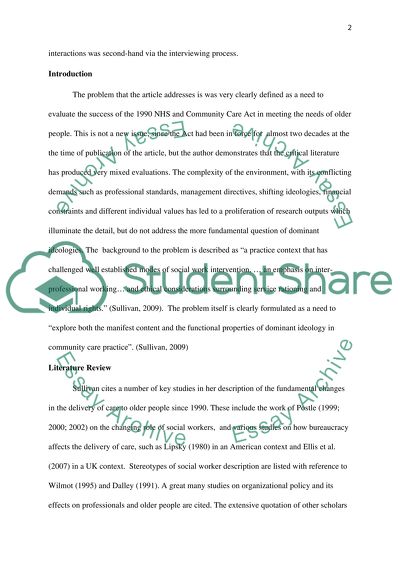Cite this document
(“Research Methods critique of a qualitative journal Literature review”, n.d.)
Retrieved from https://studentshare.org/other/1425080-research-methods-critique-of-a-qualitative-journal
Retrieved from https://studentshare.org/other/1425080-research-methods-critique-of-a-qualitative-journal
(Research Methods Critique of a Qualitative Journal Literature Review)
https://studentshare.org/other/1425080-research-methods-critique-of-a-qualitative-journal.
https://studentshare.org/other/1425080-research-methods-critique-of-a-qualitative-journal.
“Research Methods Critique of a Qualitative Journal Literature Review”, n.d. https://studentshare.org/other/1425080-research-methods-critique-of-a-qualitative-journal.


